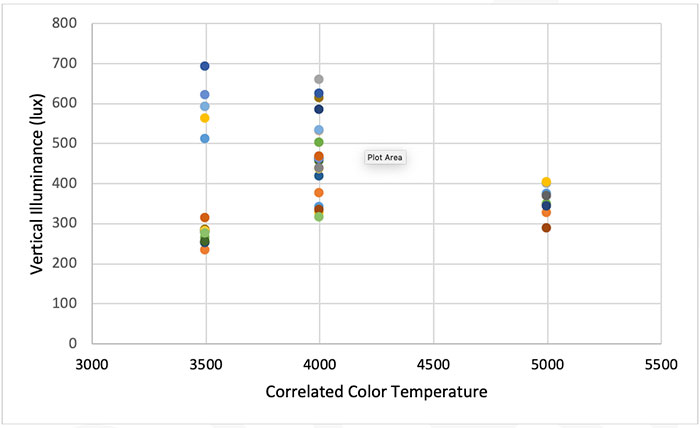Circadian lighting as a term came to prominence after the discovery of the intrinsically photosensitive retinal ganglion cell iprgc in 2002 berson et al 2002.
Circadian lighting system definition.
The circadian system is best described as your body s master clock which tells you when to wake up and when to go to bed among other things.
Circadian rhythms are physical mental and behavioral changes that follow a daily cycle.
Proper implementation of this new technology can lead to a health and productivity revolution at home and in the workplace.
This harmony is referred to as entrainment.
Circadian potency spectrum with extended exposure to polychromatic white led light under workplace conditions the paper defines the circadian sensitivity curve under normal light adapted conditions of people working under normal levels of white light for 12 hours.
Light is one of the main drivers of the circadian system which starts in the brain and regulates physiological rhythms throughout the body s tissues and organs affecting hormone levels and the sleep wake cycle.
Within the circadian cycle a person usually sleeps approximately 8 hours and is awake 16.
This approach to lighting is a new joint frontier for the lighting and health industries.
Sleeping at night and being awake during the day is an example of a light related circadian rhythm.
What are circadian rhythms.
Circadian lighting is a smart tech concept that seeks to reduce the harmful impacts of artificial light on human beings.
Circadian rhythm the cyclical 24 hour period of human biological activity.
When we review the anthropology of luminosity we see that the invention of man made lighting from firelight and candlelight to the more advanced innovations of gaslight and subsequently electric lighting in the 19th century changed all of that.
There are three main ways to implement a circadian lighting system.
An entrained circadian system is aligned with the natural light dark cycle of the solar day.
They respond primarily to light and darkness in an organism s environment.
Scientists have discovered that long term exposure to certain wavelengths of blue light at a specific intensity can have a negative impact on melatonin production.




























